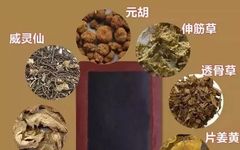
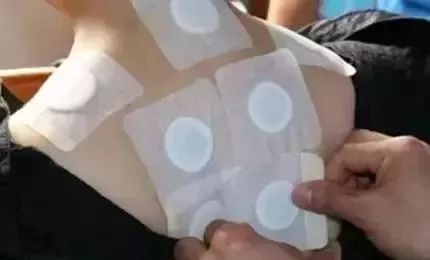
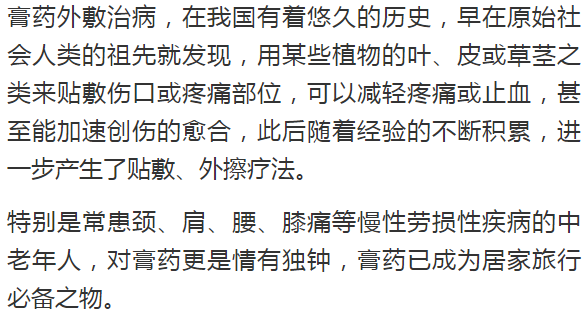

Common plaster application sites
The plaster therapy is one of the commonly used external treatment methods in Traditional Chinese Medicine (TCM). It follows the principles of TCM diagnosis and treatment, as well as the properties, effects, indications, and meridian pathways of the herbs used. This method fully mobilizes the synergistic effects of the herbs, forming a complex formula of multiple herbs to achieve optimal therapeutic effects.
Since the plaster is applied directly to the skin, and most of the herbs used in the preparation have strong aromas, combined with pungent and aromatic herbs that strongly guide the medicinal properties, they penetrate the skin, reaching the meridians, qi and blood, and organs, thereby regulating qi and blood, unblocking meridians, dispelling cold and dampness, and alleviating swelling and pain.
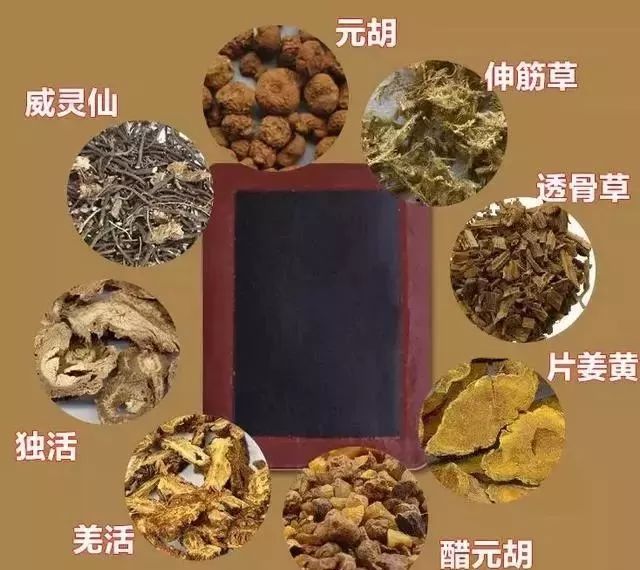
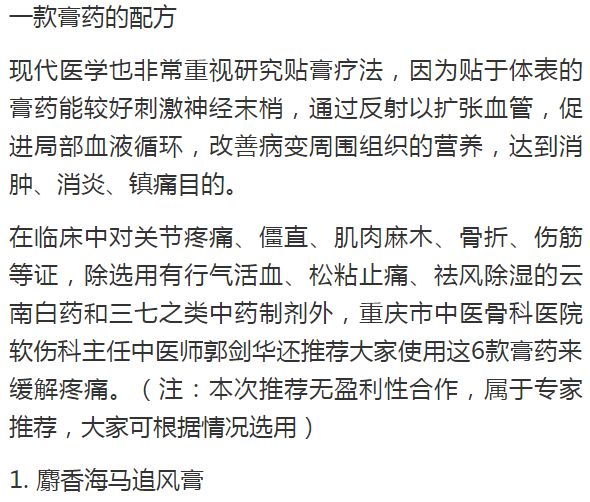
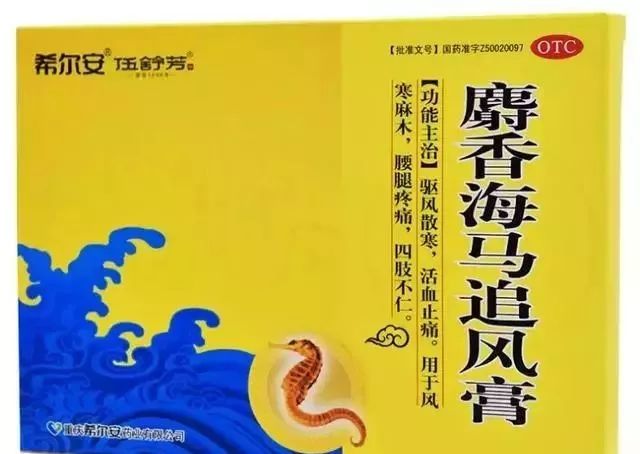
This plaster has the effects of dispelling wind and cold, promoting blood circulation, and alleviating pain. It is effective for rheumatic joint pain, degenerative osteoarthritis, and chronic muscle injuries.
2. Shexiang Zhuanggu Gao (Musk Bone Strengthening Plaster)
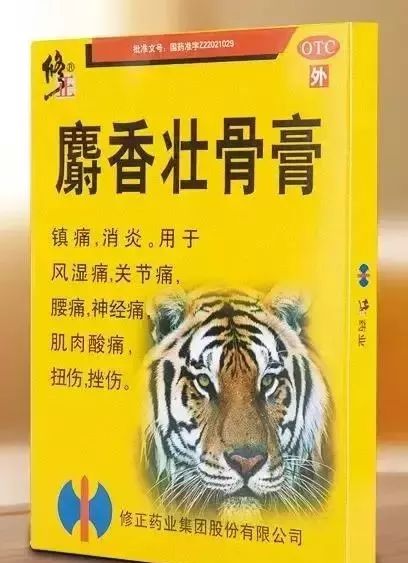
This plaster has analgesic and anti-inflammatory effects, suitable for rheumatic pain, joint pain, lower back pain, neuralgia, muscle soreness, sprains, and contusions.
3. Mayinglong Shexiang Qutong Zha (Mayinglong Musk Pain Relief Liniment)
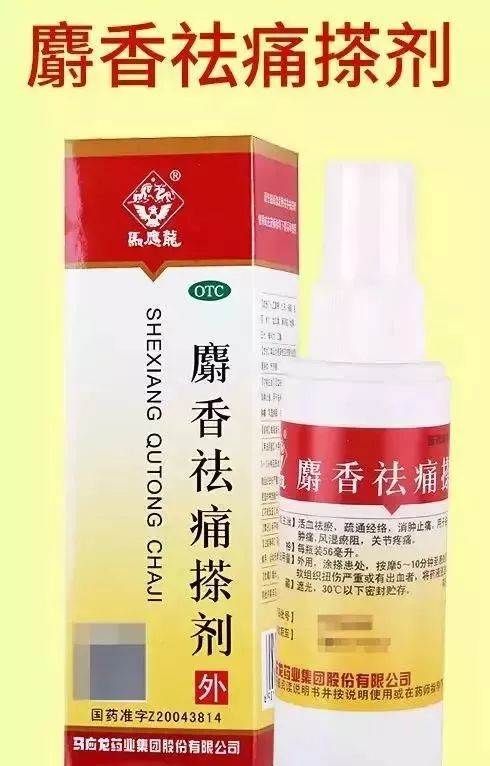
This plaster can invigorate blood circulation, dispel stasis, unblock meridians, and reduce swelling and pain. It is suitable for various traumatic injuries, bruising, rheumatic stasis, and joint pain.
4. Gu You Ling Tie Gao (Bone Friend Plaster)

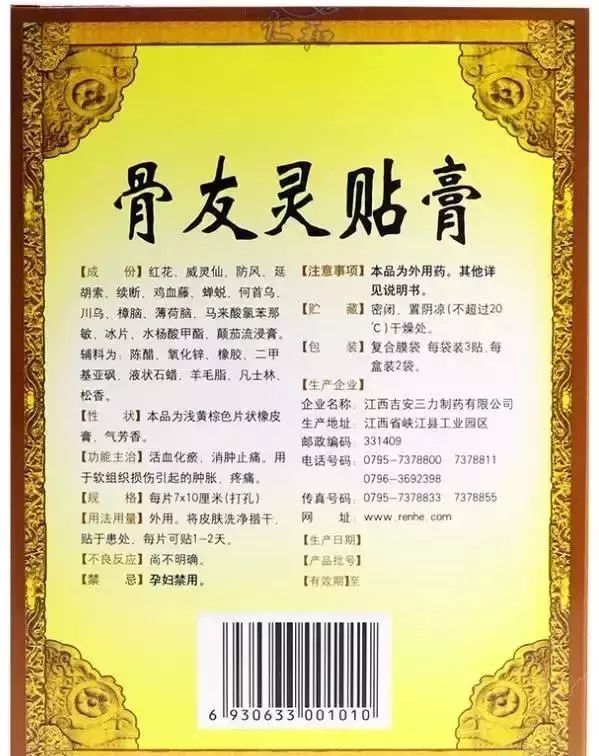
This plaster can invigorate blood circulation, resolve stasis, and reduce swelling and pain. It is suitable for swelling and pain caused by soft tissue injuries.
5. Gu You Ling Cha Zhi (Bone Friend Liniment)

This plaster can invigorate blood circulation, resolve stasis, and reduce swelling and pain. It is suitable for functional disorders caused by bone hyperplasia, soft tissue injuries, and swelling and pain from major joint diseases.
6. Zhuanggu Shexiang Zhitong Gao (Bone Strengthening Musk Pain Relief Plaster)
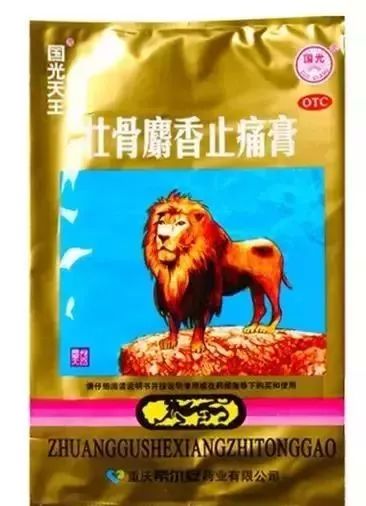
This plaster can dispel wind and dampness, invigorate blood circulation, and alleviate pain. It is suitable for rheumatic joints, muscle pain, and sprains.
Warm Reminder
-
The above six plasters are suitable for different joint pains and sprains. If you have family members prone to joint pain, please keep them on hand, and they can also be carried when going out.
-
Please carefully read the usage instructions before using the plaster.
-
If the plaster does not effectively relieve pain, please seek medical attention promptly and do not solely rely on the plaster for pain relief.
The knee is a part of the human body located between the upper and lower legs. The main internal structures of the knee include the meniscus and four ligaments.
The meniscus is a crescent-shaped fibrocartilage tissue that cushions the vibrations of the knee joint and prevents direct friction between the two bones at the connection between the lower end of the femur and the upper end of the tibia.
Additionally, it is supported by four main ligaments. Two of these are located on the sides of the knee, known as the medial collateral ligament and lateral collateral ligament, which primarily function to prevent lateral displacement of the knee. The other two ligaments are distributed in the front and back of the knee, known as the anterior cruciate ligament and posterior cruciate ligament, which prevent anterior and posterior displacement of the knee.
Traditional Chinese Medicine provides you with health knowledgeClick below to follow for free↓↓↓

